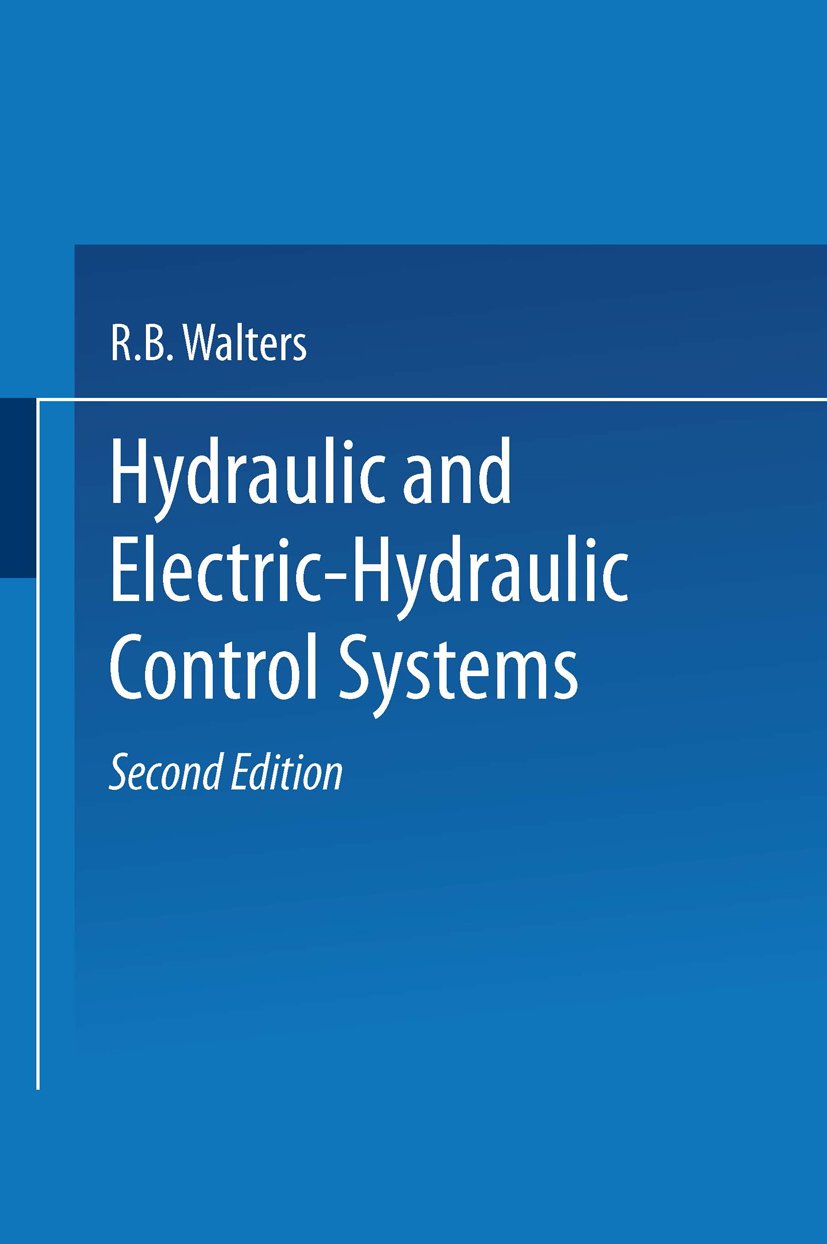Hydraulic and Electric-Hydraulic Control Systems
Hydraulic and Electric-Hydraulic Control Systems
Force and motion control systems of varying degrees of sophistication have shaped the lives of all individuals living in industrialized countries all over the world, and together with communication technology are largely responsible for the high stan...
Read more
Force and motion control systems of varying degrees of sophistication have shaped the lives of all individuals living in industrialized countries all over the world, and together with communication technology are largely responsible for the high standard ofliving prevalent in many communities. The brains of the vast majority of current control systems are electronic, in the shape of computers, microprocessors or programmable logic controllers (PLC), the nerves are provided by sensors, mainly electromech anical transducers, and the muscle comprises the drive system, in most cases either electric, pneumatic or hydraulic. The factors governing the choice of the most suitable drive are the nature of the application, the performance specification, size, weight, environ mental and safety constraints, with higher power levels favouring hydraulic drives. Past experience, especially in the machine tool sector, has clearly shown that, in the face of competition from electric drives, it is difficult to make a convincing case for hydraulic drives at the bottom end of the power range, specifically at fractional horsepower level. A further, and frequently overriding factor in the choice of drive is the familiarity of the system designer with a particular discipline, which can inhibit the selection of the optimum and most cost-effective solution for a given application. One of the objectives of this book is to help the electrical engineer overcome his natural reluctance to apply any other than electric drives.
Less






























